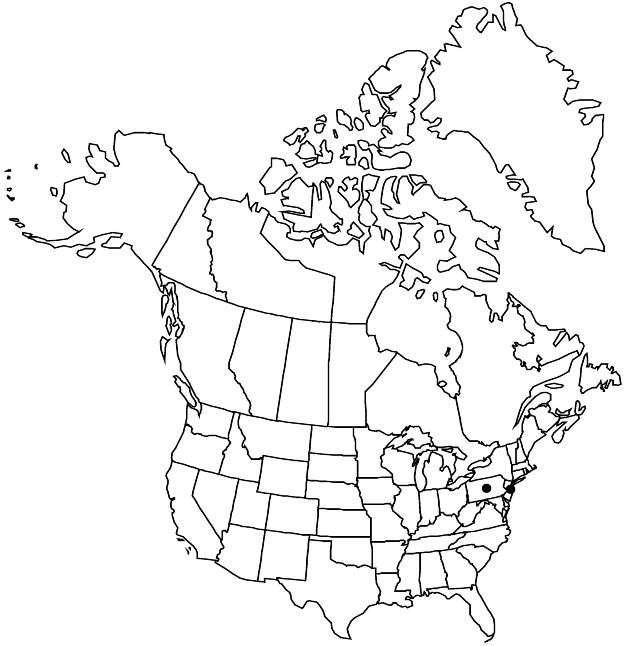Corchorus tridens
Mant. Pl. 2: 566. 1771.
Plants herbs, annual. Stems erect to ascending, 3–6 dm, mostly glabrous. Leaves: petiole 5–15(–25) mm; blade oblong-lanceolate to elliptic-obovate, linear-lanceolate, or narrowly elliptic, 1.5–9(–12) cm, base rounded, margins crenate to serrate, each of proximal pair of teeth usually prolonged into caudate-setaceous point 3–5 mm, apex acute to acuminate, surfaces glabrous or sparsely hirsute on veins. Inflorescences solitary flowers or fasciculate or cymose, 2 or 3(or 4)-flowered. Pedicels 0–1 mm. Flowers: sepals linear-oblong to narrowly elliptic or narrowly obovate, 3–5 mm, not awned, glabrous; petals 3–5 mm; stamens 10–15(–20). Capsules cylindric, terete, not wing-angled, 3-valved, each valve terminated by bifurcate awn 1.5–2 mm, 20–40 × 1.5–2 mm, glabrous. 2n = 14.
Phenology: Flowering Mar–Oct.
Habitat: Disturbed sites
Elevation: 0–100 m
Distribution

Introduced; N.J., Pa., s Asia (India, Pakistan), introduced also in Africa, Australia.
Discussion
Corchorus tridens is included for New Jersey and Pennsylvania based on documentation posted on the PLANTS website. No information is available on the abundance, but presumably it is rare or a waif, as other accounts do not include the species as naturalized in the flora area.
Selected References
None.